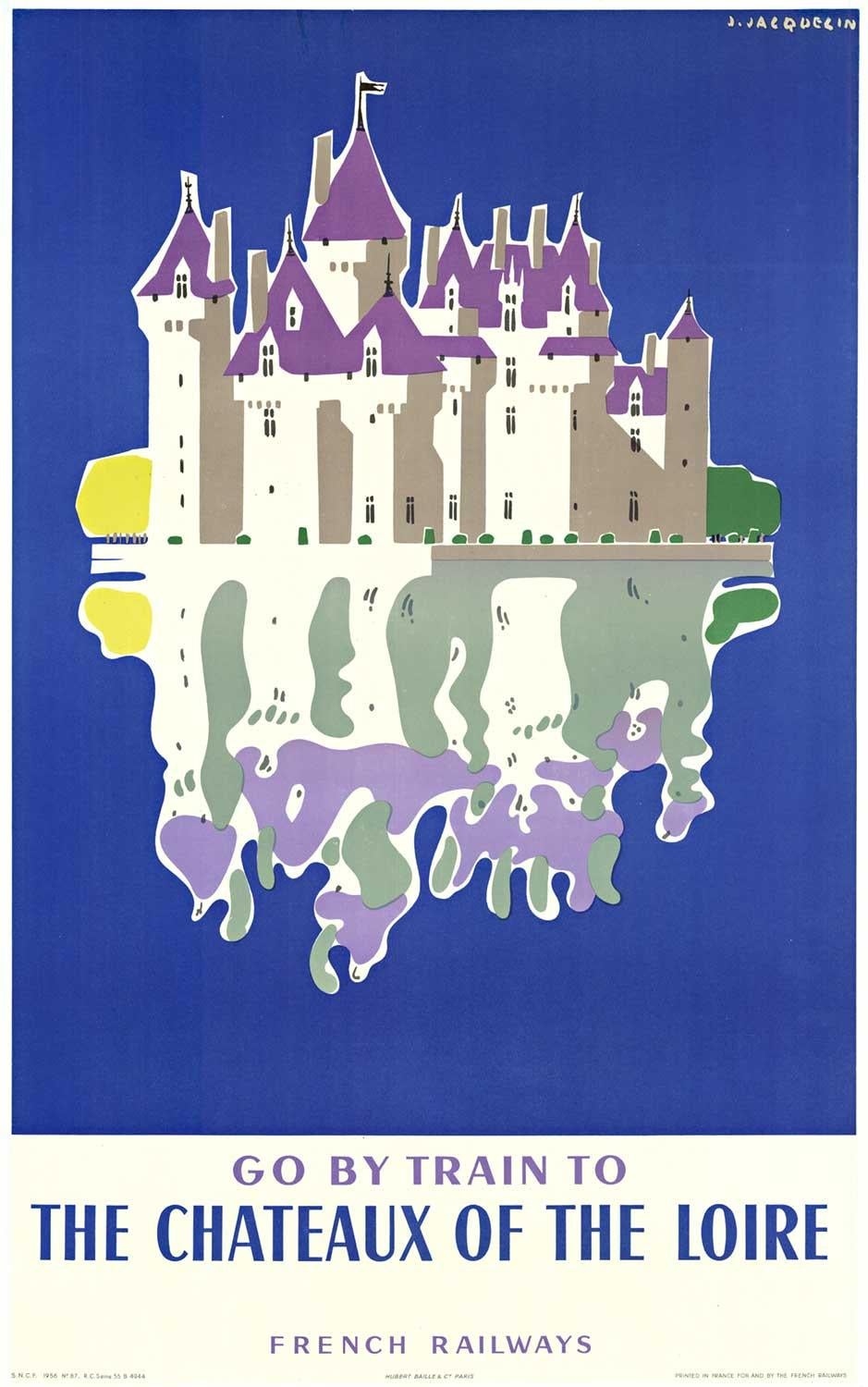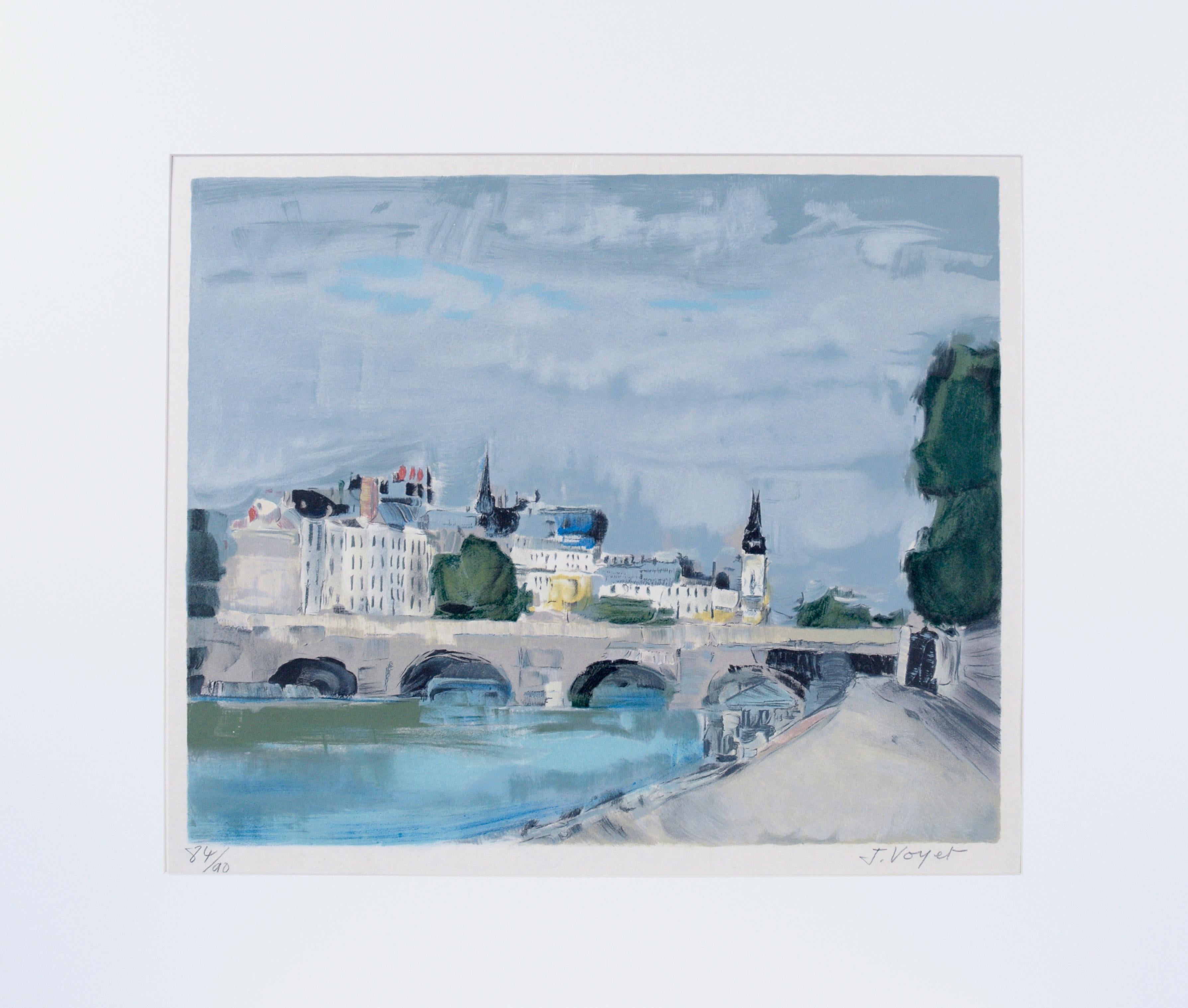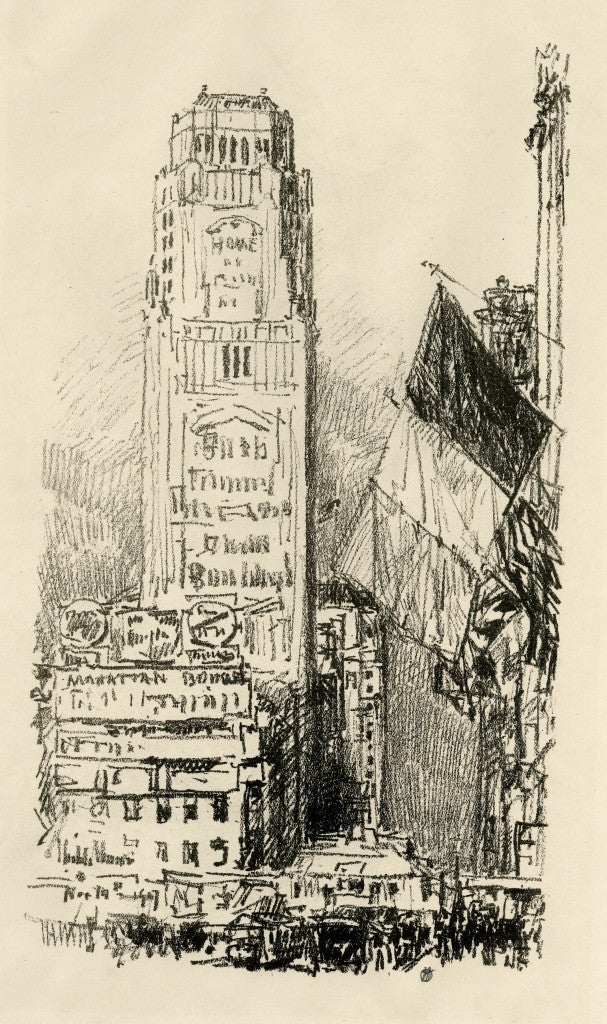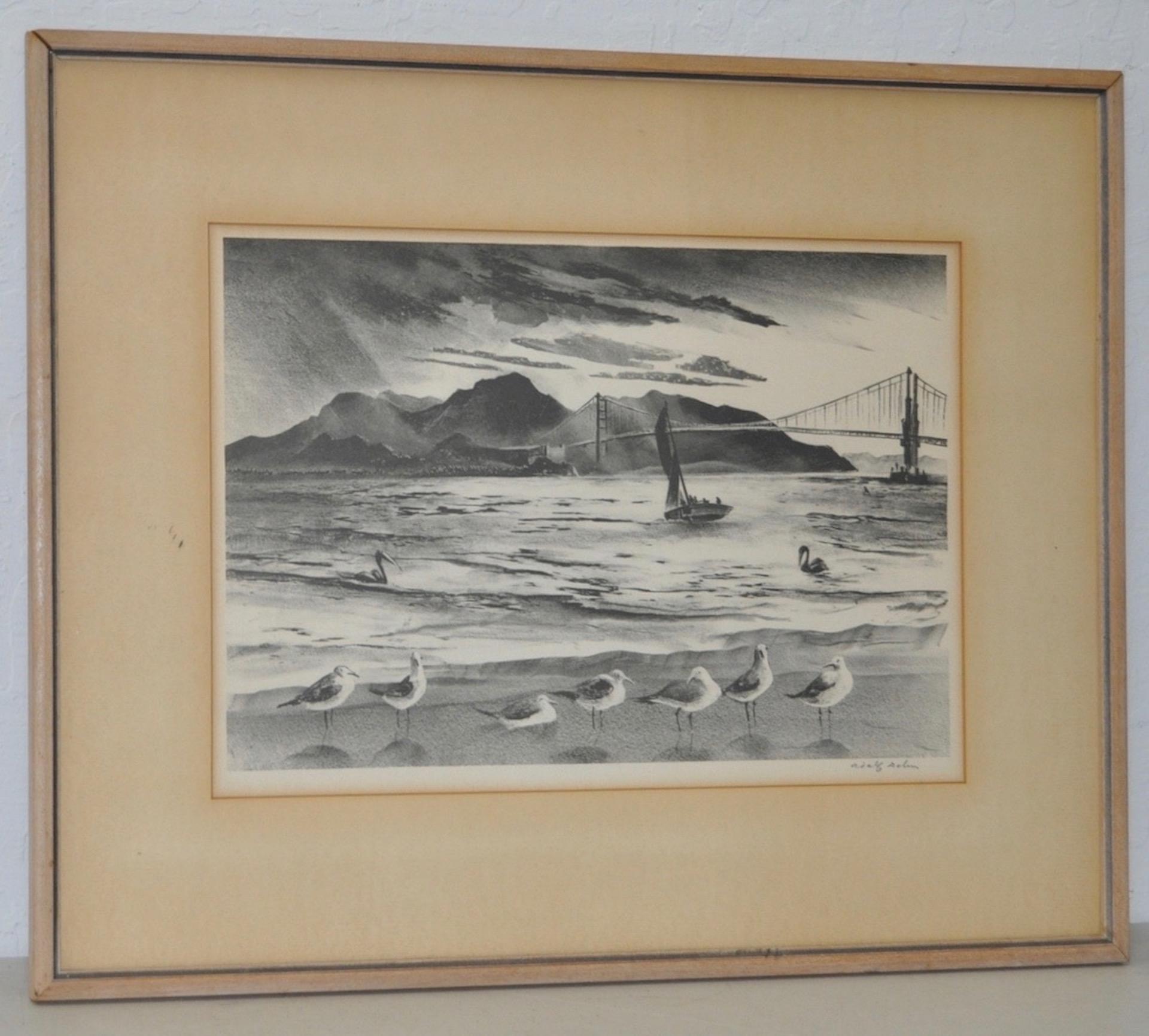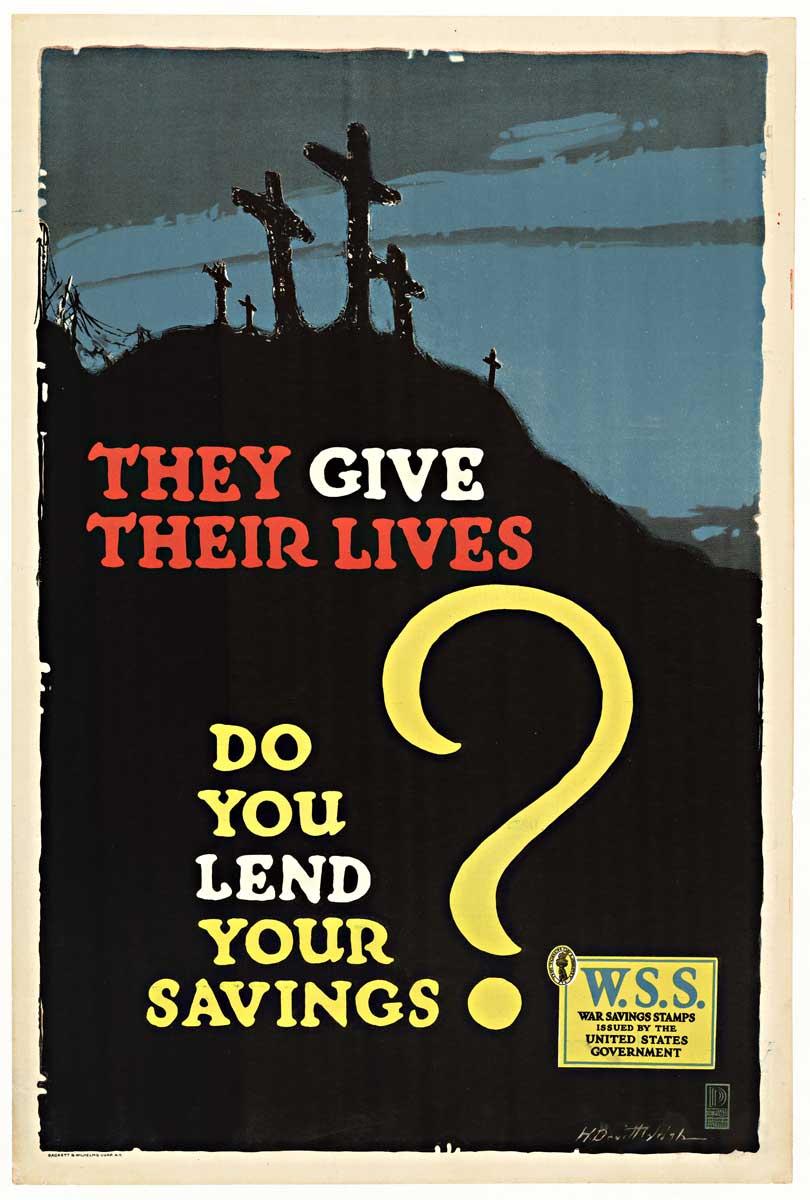Items Similar to Montmartre at Sacre Coeur
Want more images or videos?
Request additional images or videos from the seller
1 of 6
Jean DufyMontmartre at Sacre Coeurc. 1950
c. 1950
About the Item
Jean Dufy
"Montmartre et La Basilique du Sacre Coeur" c. 1950s
Color Lithograph
Signed in Pencil Lower Right
Numbered 78/250 Lower Left
Image Size: approx 18 3/4 x 24 3/4
Framed Size: approx. 30.25 x 35.25
From LeHavre and an arts-oriented family of eleven children including the famous Raoul Dufy (1877-1953), Jean Dufy showed artistic ability from childhood. Throughout his future career, his older brother, Raoul, encouraged him. Jean not only did fine-art painting but painted theatre sets. To earn money, he was a clerk for an overseas import business and even served as secretary on a transatlantic liner, La Savoie, which traveled between New York and Le Havre.
In these jobs, Dufy did much walking and observing around the port of Le Havre, and also became fascinated with modernist 'tradition breakers' such as Henri Matisse and Pablo Picasso.
He became a student in Le Havre at the l'Ecole des Beaux Arts, and his teachers included Raoul and A.E. Othon Friesz. When Raoul moved on to Paris, Jean Dufy dropped out of the Ecole in Le Havre to follow his brother "who remained his true master for the rest of his life." (Kodner) However, between these moves, he also served in the military from 1910 to 1912. For the next two years, living in Paris, he became associated with Cubist painters Picasso as well as Georges Braque and poet Guillame Apollinaire.
By 1914, he was exhibiting his early watercolors, "muted tones and somber browns, blues, and reds" mingling "with the hatching technique he inherited from Cézanne by way of his brother Raoul Dufy." The venue was the Berthe Weill Gallery. However, that same year, he was drafted for additional military service and was a soldier on horseback. Being stationed throughout France, he painted many landscape scenes including in the Vosges region where he was treated for war wounds.
Because of this close association, Jean Dufy's work, much of it in ink and watercolor, is often compared to that of his brother. Like Raoul, he chose Parisien subjects, "country scenes, circuses, horse races, stages and orchestras. . . . Raoul Dufy often dissected each of the elements that he used in his compositions, often with humor or tenderness, if not with acuteness. Jean, on the other hand, was more sensitive to the entire panorama of the scene represented, i.e. the particularity, the individuality, the 'hands on'. (Kodner)
Jean Dufy in 1916 worked briefly with his brother in a studio doing textile painting, and then began what became a major component of his career for the next 30 years---porcelain decoration for Haviland in Limoges, France. For skillful and creative execution of animal and floral designs, he received the International Exhibition of Decorative Arts gold medal in 1925 for a set he designed titled "Chateau de France".
By 1920, he was a member of the Salon d'Automne, where he exhibited in 1920, 1923, 1924, 1927 and 1932. Also bringing him increasing public attention was gallery representation in Paris at the Galerie Bing and in New York at Balzac and Peris Galleries. In 1937, he helped his brother, Raoul, with the completion of his assignment to oversee the decoration of the Electric Pavillion for the World's Fair. Together they did a mural, 600 meters in size, to celebrate electricity.
He established residency in Montmartre, living near the artist, Georges Braque. In addition to painting and decorative arts, Jean Dufy was a musician, playing the classical guitar, and was a jazz enthusiast, which some critics have linked to his rhythmic, fluid painting style. The interest in music likely is linked to his father, whose career was accounting for a metallurgy company and who was an amateur musician. The love of music of Dufy transferred to his artwork, and he did many brightly colored depictions of musicians in orchestra scenes and piano players. Among his associates were prominent avant-garde composers whose names remain famous such as Francis Poulenc, Arthur Honegger and Eric Satie.
Finding many painting subjects, Jean Dufy traveled extensively in the 1950s, the last decade of his life. He returned often to his hometown of Le Havre and to his mother's birthplace of Honfleur, as well as to many other locations in Europe and to North Africa. However, judging by his many scenes of Paris, it was the location that for him was most fascinating: "the streets, the horse-drawn carriages, the Eiffel Tower, the sky, and the Seine." (Bailly)
Jean Dufy died May 12, 1964 in the French village of Boussay. His wife, Ismérie, had died two months earlier.
- Creator:Jean Dufy (1888 - 1964, French)
- Creation Year:c. 1950
- Dimensions:Height: 30.25 in (76.84 cm)Width: 35.25 in (89.54 cm)
- Medium:
- Movement & Style:
- Period:
- Condition:
- Gallery Location:Missouri, MO
- Reference Number:1stDibs: LU74732601261
Jean Dufy
Jean Dufy was a French Art Deco artist, best known for his colourful, melodic depictions of post-war Parisian society. Working to capture everyday life, from concert halls and circuses to country landscapes and busy Parisian streets, Dufy focused on recreating the feeling and impression of a scene, rather than individual details. In 1906, Dufy visited the exhibition ‘Cercle de l’Art Moderne’ in La Havre, and it was this show that eventually inspired him to pursue an artistic career. The exhibit, one of Dufy’s first exposures to Modern Art, crucially shaped his approach to art and introduced him to artists such as Picasso and Matisse. While he had no formal training, his older brother was well-known French Fauvist Raoul Dufy, who served as his artistic mentor. In January 1914, Dufy launched his artistic career, holding his first show at Galerie Berthe Weil. He returned to Paris after the war and settled in the Montmartre district of Paris, moving next door to artist George Braque, who encouraged Dufy to experiment with Cubism. His personal painting style developed into a vibrant fusion of Post-Impressionism with a loose decorative approach to colour and line, which he achieved from his work in porcelain design. For almost 30 years, Dufy worked for Limoge porcelain manufacturer Theodore Haviland, hand-painting decorative designs of animals and flowers. At the 1925 L’exposition Internationale des Arts Décoratifs he was awarded a gold medal for designing the service ‘Châteaux de France’. Dufy participated in many exhibitions, including the Salon d’Automne, which reflected the popularity of jazz music and the art of Parisian culture after the war. Dufy would return to his native Normandy throughout his life and spent long stretches of time in the south of France. The dynamism of these landscapes and cityscapes - particularly noticeable in the street scene Route de Rives (Touraine)- are so cleverly captured due to Dufy’s uniquely musical and distinctive Post-Impressionistic style.
About the Seller
5.0
Vetted Seller
These experienced sellers undergo a comprehensive evaluation by our team of in-house experts.
Established in 1970
1stDibs seller since 2017
142 sales on 1stDibs
Typical response time: 20 hours
- ShippingRetrieving quote...Ships From: Missouri, MO
- Return PolicyA return for this item may be initiated within 2 days of delivery.
More From This SellerView All
- FodderBy John CostiganLocated in Missouri, MOFodder by John Costigan (1888-1972) Signed Lower Right Titled Lower Left 9.75" x 12.75" Unframed 17.5" x 19.75" Framed John Edwards Costigan was born in Providence, Rhode Island on ...Category
20th Century American Impressionist Landscape Prints
MaterialsEtching
- HarmonvilleBy Daniel GarberLocated in Missouri, MODANIEL GARBER "Harmonville, Pennsylvania" c. 1925 Etching printed in black ink on wove paper. 7 7/8 x 11 3/4 inches, full margins. Signed, titled and inscribed "DG imp" in pencil, ...Category
1920s American Impressionist Landscape Prints
MaterialsEtching
- In BrittanyBy Manuel RobbeLocated in Missouri, MOColor Engraving Image Size: approx 14 x 19.5 Framed Size: approx 21 x 26 3/4 Signed in Pencil Emmanuel Robbe called "Manuel Robbe", born in Paris on 16 December 1872 And died in Ne...Category
Early 1900s Impressionist Figurative Prints
MaterialsAquatint, Engraving
- Smoky Valley HomesteadBy Birger SandzenLocated in Missouri, MOThis is a wonderful hand-signed linoleum cut from 1929 by the great Swedish artist to who immigrated to the US and lived and worked in Kansas and Colorado. "Smokey Valley Homestead" 1929 Linoleum Cut Hand-Signed in Pencil Lower Right by the Artist Titled in Pencil Lower Left Image Size: 9 x 12 inches Sheet Size: approx. 13 x 15 inches Framed Size: approx 13.75 x 15.75 inches Very Good Condition. Born Blidsberg, Sweden, Feb. 5, 1871; died Lindsborg, June 19, 1954. Painter, specialized in landscapes. Etcher. Engraver. Lithographer. Teacher. Attended the College and Academy of Skara as a pupil of Olof Erlandsson. After graduation from Skara College, Sandzén spent a semester at Lund University attending art history lectures and continuing the study of French. Following Lund University he went to the technical high school at Stockholm, where he studied perspective and form drawing. Sandzén joined a group of young artists and they rented a studio at Anders Zorn's suggestion. They received instruction from Zorn as well as Richard Bergh, a well-known portrait painter and Per Hasselberg...Category
1920s Impressionist Landscape Prints
MaterialsLinocut
- Observador de PajarosBy Rufino TamayoLocated in Missouri, MO"Observador de Pajaros" 1950 By. Rufino Tamayo (Mexican, 1899-1991) Edition 83/210 Lower Right Signed Lower Left Unframed: 15.5" x 22.5" Framed: 21.75" x 28.25" Rufino Tamayo (August 26, 1899- June 24, 1991) A native of Oaxaca in Southern Mexico, Rufino Tamayo's father was a shoemaker, and his mother a seamstress. Some accounts state that he was descended from Zapotec Indians, but he was actually 'mestizo' - of mixed indigenous/European ancestry. (Santa Barbara Museum of Art). He began painting at age 11. Orphaned at the age of 12, Tamayo moved to Mexico City, where he was raised by his maternal aunt who owned a wholesale fruit business. In 1917, he entered the San Carlos Academy of Fine Arts, but left soon after to pursue independent study. Four years later, Tamayo was appointed the head designer of the department of ethnographic drawings at the National Museum of Archaeology in Mexico City. There he was surrounded by pre-Colombian objects, an aesthetic inspiration that would play a pivotal role in his life. In his own work, Tamayo integrated the forms and tones of pre-Columbian ceramics into his early still lives and portraits of Mexican men and women. In the early 1920s he also taught art classes in Mexico City's public schools. Despite his involvement in Mexican history, he did not subscribe to the idea of art as nationalistic propaganda. Modern Mexican art at that time was dominated by 'The Three Great Ones' : Diego Rivera, Jose Clemente Orozco, and David Alfaro Siqueros, but Tamayo began to be noted as someone 'new' and different' for his blending of the aesthetics of post Revolutionary Mexico with the vanguard artists of Europe and the United States. After the Mexican Revolution, he focused on creating his own identity in his work, expressing what he thought was the traditional Mexico, and refusing to follow the political trends of his contemporary artists. This caused some to see him as a 'traitor' to the political cause, and he felt it difficult to freely express himself in his art. As a result, he decided to leave Mexico in 1926 and move to New York, along with his friend, the composer Carlos Chavez. The first exhibition of Tamayo's work in the United States was held at the Weyhe Gallery, New York, in that same year. The show was successful, and Tamayo was praised for his 'authentic' status as a Mexican of 'indigenous heritage', and for his internationally appealing Modernist aesthetic. (Santa Barbara Museum of Art). Throughout the late thirties and early forties New York's Valentine Gallery gave him shows. For nine years, beginning in 1938, he taught at the Dalton School in New York. In 1929, some health problems led him to return to Mexico for treatment. While there he took a series of teaching jobs. During this period he became romantically involved with the artist Maria...Category
20th Century Abstract Abstract Prints
MaterialsLithograph
- Colossal Flashlight in Place of Hoover DamBy Claes OldenburgLocated in Missouri, MOColossal Flashlight in Place of Hoover Dam, 1982 By Claes Oldenburg (Swedish, American, 1929-2022) Signed Lower Right Dated Middle Right Unframed: 23" x 22" Framed: 36.5" x 27.5" Whimsical sculpture of pop culture objects, many of them large and out-of-doors, is the signature work of Swedish-born Claes Oldenburg who became one of America's leading Pop Artists. He was born in Stockholm, Sweden. His father was a diplomat, and during Claes' childhood moved his family from Stockholm to a variety of locations including Chicago where the father was general consul of Sweden and where Oldenburg spent most of his childhood. He attended the Latin School of Chicago, and then Yale University where he studied literature and art history, graduating in 1950, the same year Claes became an American citizen. Returning to Chicago, he enrolled at the Art Institute of Chicago from 1952 to 1954 and also worked as a reporter at the City News Bureau. He opened his own studio, and in 1953, some of his satirical drawings were included in his first group show at the Club St. Elmo, Chicago. He also painted at the Oxbow School of Painting in Michigan. In 1956, he moved to New York where he drew and painted while working as a clerk in the art libraries of Cooper-Union Museum for the Arts of Decoration. Selling his first artworks during this time, he earned 25 dollars for five pieces. Oldenburg became friends with numerous artists including Jim Dine, Red Grooms and Allan Kaprow, who with his "Happenings" was especially influential on Oldenburg's interest in environmental art. Another growing interest was soft sculpture, and in 1957, he created a piece later titled Sausage, a free-hanging woman's stocking stuffed with newspaper. In 1959, he had his first one-man show, held at the Judson Gallery at Washington Square. He exhibited wood and newspaper sculpture and painted papier-mache objects. Some viewers of the exhibit commented how refreshing Oldenburg's pieces were in contrast to the Abstract Expressionism, a style which much dominated the art world. During this time, he was influenced by the whimsical work of French artist, Bernard Buffet, and he experimented with materials and images of the junk-filled streets of New York. In 1960, Oldenburg created his first Pop-Art Environments and Happenings in a mock store full of plaster objects. He also did Performances with a cast of colleagues including artists Lucas Samaras, Tom Wesselman, Carolee Schneemann, Oyvind Fahlstrom and Richard Artschwager, dealer Annina Nosei, critic Barbara Rose, and screenwriter Rudy Wurlitzer. His first wife (1960-1970) Pat Muschinski, who sewed many of his early soft sculptures, was a constant performer in his Happenings. This brash, often humorous, approach to art was at great odds with the prevailing sensibility that, by its nature, art dealt with "profound" expressions or ideas. In December 1961, he rented a store on Manhattan's Lower East Side to house "The Store," a month-long installation he had first presented at the Martha Jackson Gallery in New York. This installation was stocked with sculptures roughly in the form of consumer goods. Oldenburg moved to Los Angeles in 1963 "because it was the most opposite thing to New York I could think of". That same year, he conceived AUT OBO DYS, performed in the parking lot of the American Institute of Aeronautics and Astronautics in December 1963. In 1965 he turned his attention to drawings and projects for imaginary outdoor monuments. Initially these monuments took the form of small collages such as a crayon image of a fat, fuzzy teddy bear looming over the grassy fields of New York's Central Park (1965) and Lipsticks in Piccadilly Circus, London (1966). Oldenburg realized his first outdoor public monument in 1967; Placid Civic Monument took the form of a Conceptual performance/action behind the Metropolitan Museum of Art, New York, with a crew of gravediggers digging a 6-by-3-foot rectangular hole in the ground. Many of Oldenburg's large-scale sculptures of mundane objects elicited public ridicule before being embraced as whimsical, insightful, and fun additions to public outdoor art. From the early 1970s Oldenburg concentrated almost exclusively on public commissions. Between 1969 and 1977 Oldenburg had been in a relationship with Hannah Wilke, feminist artist, but in 1977 he married Coosje van Bruggen, a Dutch-American writer and art historian who became collaborator with him on his artwork. He had met her in 1970, when she curated an exhibition for him at the Stedelijk Museum in Amsterdam. Their first collaboration came when Oldenburg was commissioned to rework Trowel I, a 1971 sculpture of an oversize garden tool, for the grounds of the Kröller-Müller Museum in Otterlo, the Netherlands. Oldenburg has officially signed all the work he has done since 1981 with both his own name and van Bruggen's. In 1988, the two created the iconic Spoonbridge and Cherry sculpture for the Walker Art Center in Minneapolis, Minnesota that remains a staple of the Minneapolis Sculpture Garden as well as a classic image of the city. Typewriter Eraser...Category
20th Century American Modern Abstract Prints
MaterialsPaper, Lithograph
You May Also Like
- Original "The Chateaux of the Loire, Go by Train" vintage posterBy Jean JacquelinLocated in Spokane, WAOriginal vintage poster: The Chateaux of the Loire, Go By Train, artist J. Jacquelin, size: 24" x 39", year: 1956. Original vintage European travel poster...Category
1950s American Impressionist Landscape Prints
MaterialsLithograph
- "Bord de Fleuve" Impressionist Landscape of Riverside Paris, Lithograph on PaperLocated in Soquel, CA"Bord de Fleuve" Impressionist Landscape of Riverside Paris, Lithograph on Paper (#86/90) A stone arch bridge spans the Seine in this Paris landscape by French artist, Jacques Voyet...Category
20th Century Impressionist Landscape Prints
MaterialsPaper, Printer's Ink, Lithograph
- Pastel Landscape: Impressionist Trees, Hand drawn Lithograph, Monet StyleBy Nell Revel-SmithLocated in Union City, NJPastel Landscape: Impressionist Trees is an original hand drawn (not digitally or photo reproduced) limited edition lithograph by the American artist Nell Revel Smith...Category
1980s Impressionist Landscape Prints
MaterialsLithograph
- New York BouquetBy Childe HassamLocated in Fairlawn, OHNew York Bouquet Lithograph, 1917 Edition: 93 Signed with the artist's cipher in pencil lower right (see photo) This lithograph is inspired by Hassam's oil painting of the same title...Category
1910s American Impressionist Landscape Prints
MaterialsLithograph
- Adolph Dehn "Golden Gate" Lithograph c.1940Located in San Francisco, CAAdolph Dehn "Golden Gate" Lithograph c.1940 Fine pencil signed lithograph issued by Associated American Artists, New York Edition size 200. Dimensions 1...Category
Mid-20th Century Impressionist Landscape Prints
MaterialsLithograph
- They Give Their Lives original World War 1 vintage posterLocated in Spokane, WAOriginal THEY GIVE THEIR LIVES WSS, World War 1 lithograph vintage poster. They Give Their Lives, do you lend your savings? W.S.S.--War Savings Stamps....Category
1910s American Impressionist More Prints
MaterialsLithograph
Recently Viewed
View AllMore Ways To Browse
Coeur De France
Vintage French Floral Prints
Raoul Dufy Framed
Lithograph Vintage Floral
Parisien Prints
Picasso Horse Print
Picasso Lithograph Gold
Picasso Music Lithograph
Jean Tower
Picasso Lithograph Horses
French Chateau Watercolor
French Savoie
French Painting Horse And Carriage
Painting Of Eiffel Tower
Blues Jazz
Matisse Jazz Prints
Limoges Framed
Vintage Horse Drawn Carriage
